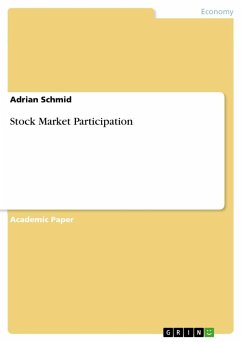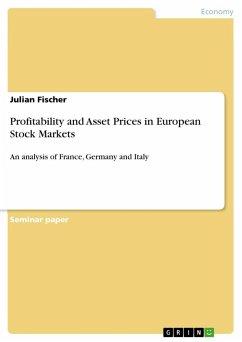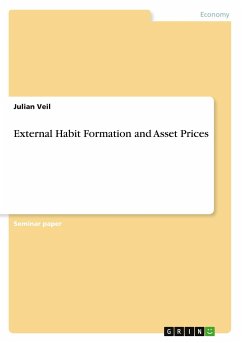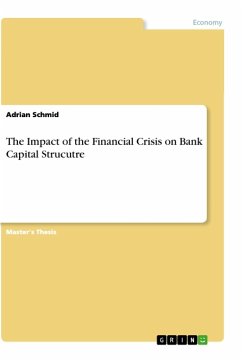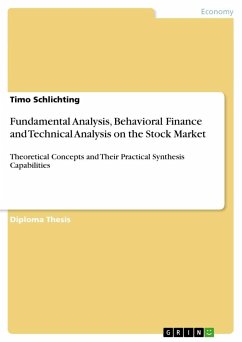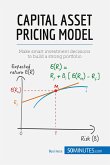Academic Paper from the year 2014 in the subject Business economics - Investment and Finance, grade: 1.3, University of Frankfurt (Main), language: English, abstract: The field of household finance is confronted with the phenomena called "stock market participation puzzle" (Haliassos, 2003) which describes that most households do not hold stocks, despite that there are higher expected returns on stocks than on risk free assets (Haliassos, 2003). According to Haliassos and Bertaut (1995), 75% of households in the United States do not own stocks directly although returns on equity exceed the returns on risk free assets. This issue does not only concern households themselves, financial intermediaries, and stock issuers. It is also relevant for questions concerning privatisation, asset pricing, and tax rates on capital gains (Haliassos and Bertaut, 1995). The participation rate can directly affect the equity premium as argued by Mankiw and Zeldes (1991), and Heaton and Lucas (1999).Stock market participation in this seminar thesis refers to households participating in the market by holding stocks, excluding retirement accounts. The purpose is to demonstrate five factors discussed in financial literature that contribute to solve the stock market participation puzzle or reasons why limited stock market participation can be observed: Deviation from standard expected utility (Haliassos, 2003; Epstein and Zin, 1990; Haliassos and Hassapis, 1999; Diecidue and Wakker, 2001; Haliassos and Bertaut, 1995), more restricted borrowing constraints (Constantinides, Donaldson, and Mehra, 2002; Cocco, Gomes, and Maenhout, 2005; Haliassos, 2003), participation and entry costs (Guiso and Japelli, 2004; Gollier, 2002; Haliassos and Michaelides, 2003; Paiella, 2001; Vissing-Jorgensen, 2002; Haliassos, 2003), lack of financial awareness (Guiso and Jappelli, 2004), and financial illiteracy (van Rooij, Lusardi, and Alessie, 2007; Arrondel, Debbich, and Savignac, 2012; King and Leape, 1987).
Hinweis: Dieser Artikel kann nur an eine deutsche Lieferadresse ausgeliefert werden.
Hinweis: Dieser Artikel kann nur an eine deutsche Lieferadresse ausgeliefert werden.

